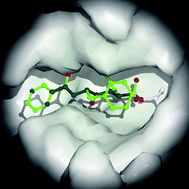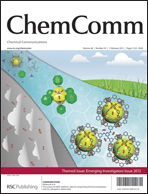Cancer is the No. 2 cause of death in the Western world and one of the most expensive diseases to treat. Thus, it is not surprising, that every major pharmaceutical and biotechnology company has a blockbuster oncology product. In 2003, Millennium Pharmaceuticals entered the race with Velcade®, a first-in-class proteasome inhibitor that has been approved by the FDA for treatment of multiple myeloma and its sales have passed the billion dollar mark. Velcade®'s extremely toxic boronic acid pharmacophore, however, contributes to a number of severe side effects. Nevertheless, the launching of this product has validated the proteasome as a target in fighting cancer and further proteasome inhibitors have entered the market as anti-cancer drugs. Additionally, proteasome inhibitors have found application as crop protection agents, anti-parasitics, immunosuppressives, as well as in new therapies for muscular dystrophies and inflammation. Many of these compounds are based on microbial metabolites. In this review, we emphasize the important role of the structural elucidation of the various unique binding mechanisms of these compounds that have been optimized throughout evolution to target the proteasome. Based on this knowledge, medicinal chemists have further optimized these natural products, resulting in potential drugs with reduced off-target activities.

You have access to this article
 Please wait while we load your content...
Something went wrong. Try again?
Please wait while we load your content...
Something went wrong. Try again?


 Please wait while we load your content...
Please wait while we load your content...